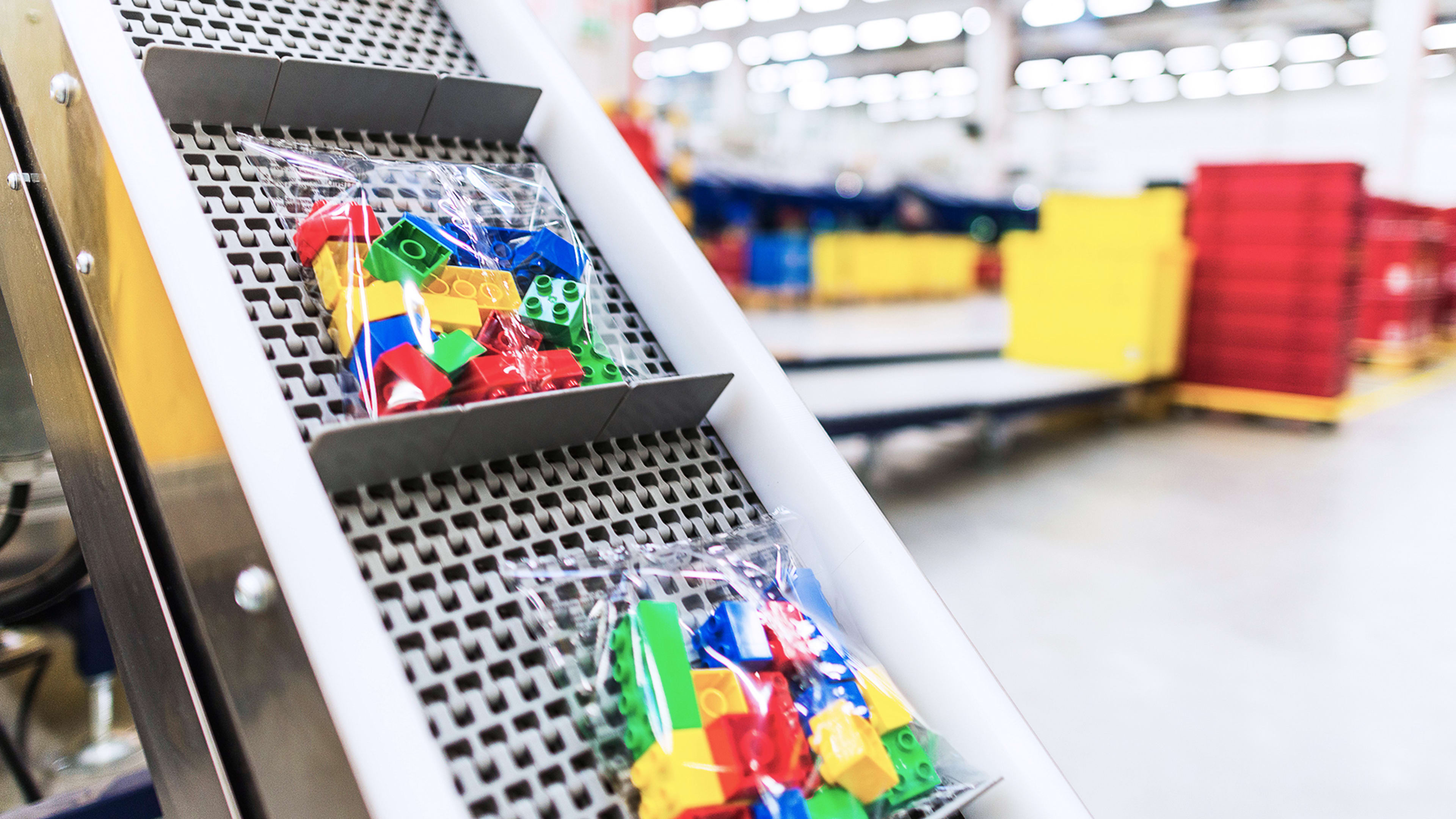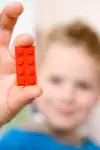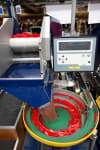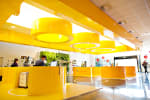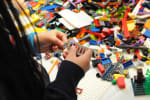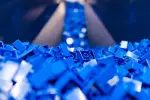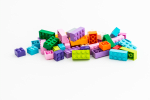Lego’s 57-year-old toy empire was built on plastic. But now the giant Danish toy company is investing millions into getting rid of it. By 2030, Lego bricks will no longer be made from ABS, the oil-based plastic in the 60 billion blocks the company makes each year.
“You could say that it’s a logical place for us to find a way of reducing our environmental footprint,” says Roar Trangbaek, press officer for Lego Group. “If you look at our CO2 footprint as a company, the majority of our impact comes from offscreen activities–basically what happens before we receive any raw materials in our factory.”
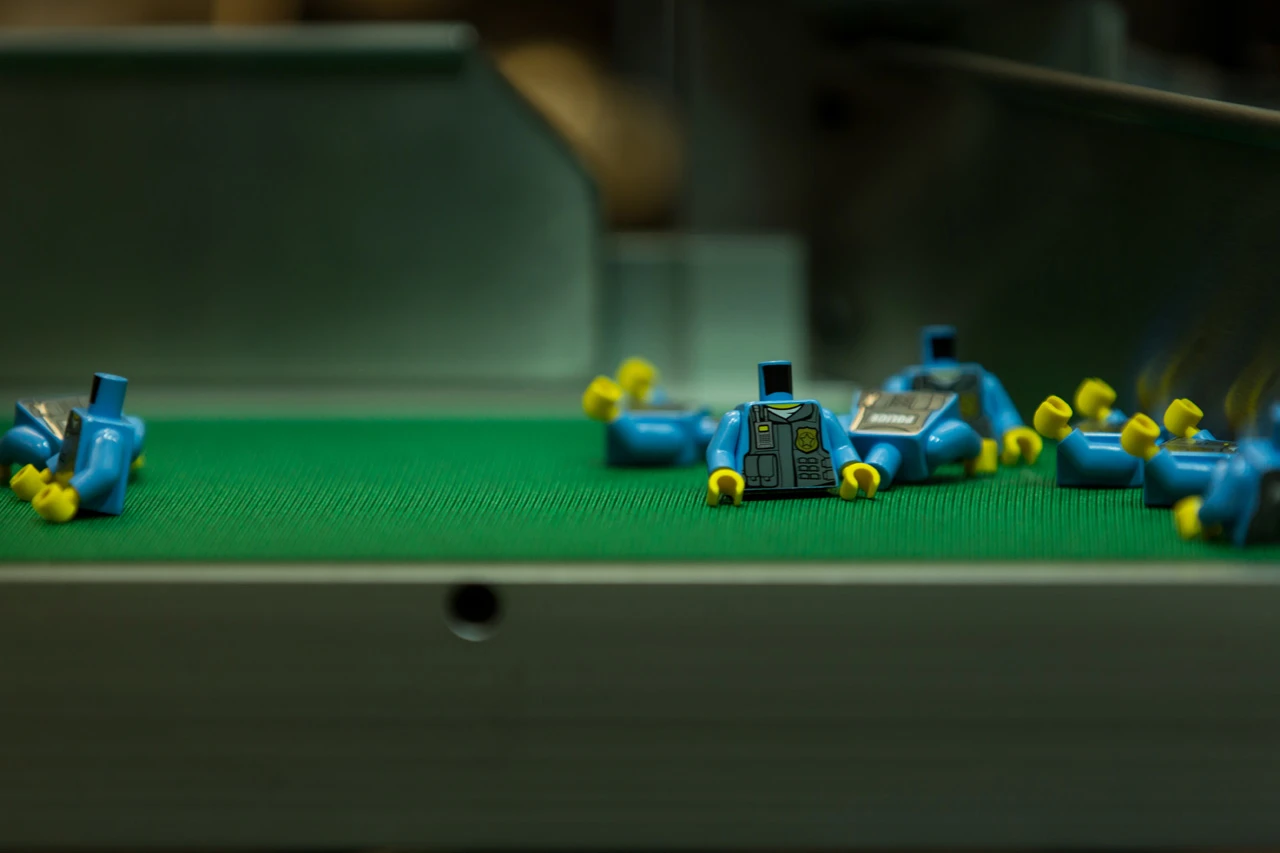
Around three-quarters of Lego’s carbon footprint comes from the extraction and refinement of oil used in its toys. So even though the company has other environmental projects–like investing in a wind farm to offset the energy used in factories, and using FSC-certified cardboard for toy boxes–it realized that it couldn’t make real progress without looking at plastic itself.
Three years ago, it set the goal of finding a sustainable alternative by 2030, and quickly realized that the project would be a major challenge. “If we want to reach our ambition by 2030, we need to invest a significant amount of money,” says Trangbaek.
The company is pouring 1 billion Danish krone, or around $150 million, into a new sustainable materials center that will open in 2016 and plans to add another 100 employees focused specifically on finding new materials for their toys and packaging. The classic bricks will likely still look and feel exactly the same when the company makes the shift; the material will still be plastic, just something that’s not made from oil.
“We’re looking at every opportunity out there that’s more sustainable than what we have today,” Trangbeak says. That might involve recycled plastics, though it’s probably more likely to be something bio-based, because of the challenges of recycling.
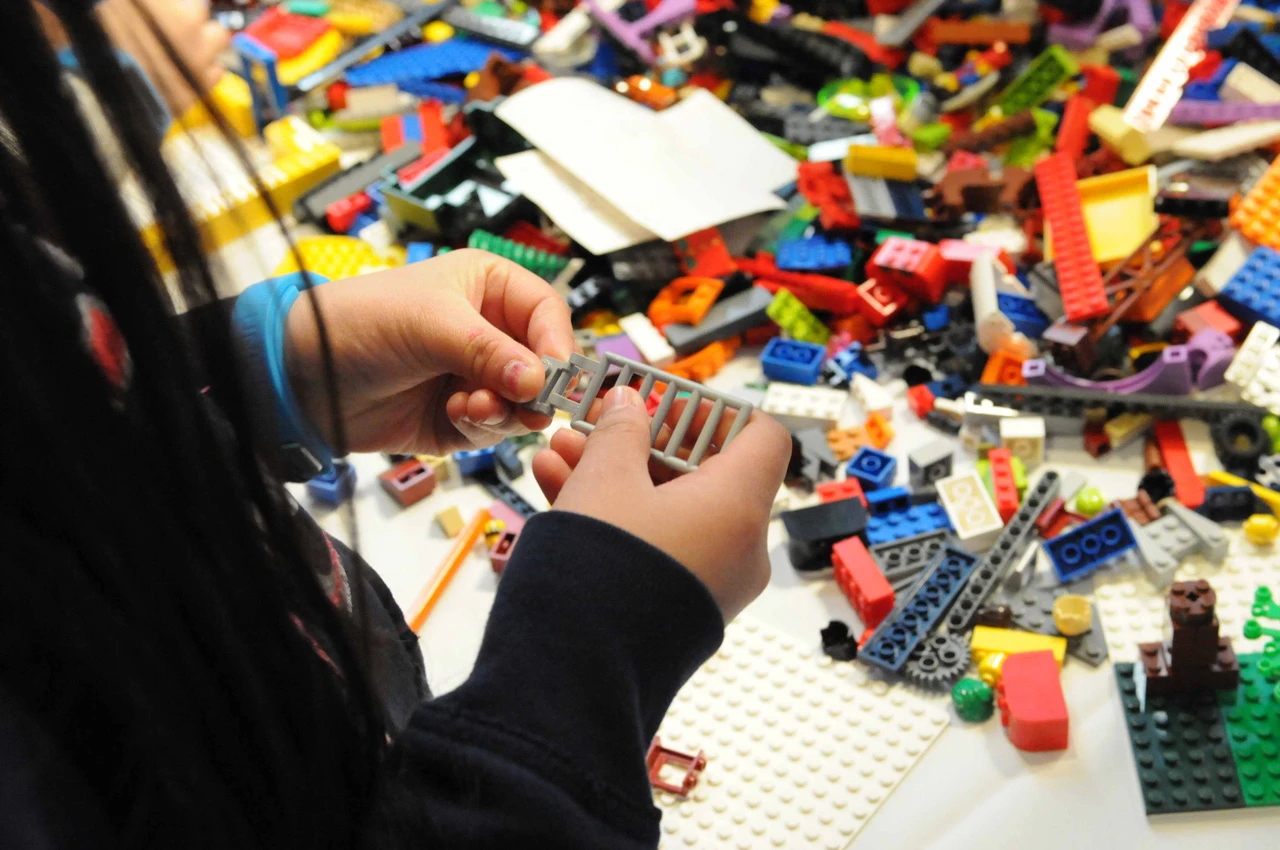
“Last year, we recycled the equivalent of around 70 million Lego bricks,” he says. “But we can do that within our factories because we can ensure the product is still in a pristine condition. We can’t compromise on the product quality or product safety–that means we know exactly what material we’re using and what’s inside of it. The challenge with recycled materials from outside is that we don’t know the ingredients.”
The company is working with nonprofits and universities around the world to quantify exactly how environmentally friendly any potential new materials are, from production to what happens when a family tosses out the toys. They’re also inviting other companies to join the research center, including those beyond the toy industry.
“In a global perspective, we’re only a small player,” Trangbeak says. “We make 60 billion Lego bricks each year, but the bricks are quite small, and the total consumption of plastics is small. So we can’t solve it alone. Hopefully we can inspire others to do it as well.”
Recognize your brand’s excellence by applying to this year’s Brands That Matter Awards before the early-rate deadline, May 3.
